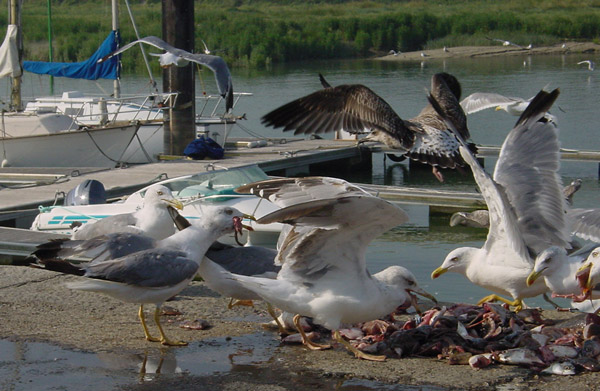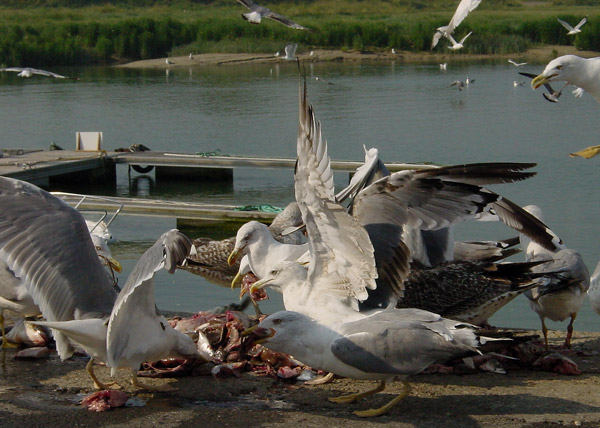 Yellow-legged
Gull - Geelpootmeeuw (L. michahellis): 3cy August
Yellow-legged
Gull - Geelpootmeeuw (L. michahellis): 3cy August
(last update: 10 december 2003)
YLG
1cy May
YLG
1cy June
YLG
1cy July
YLG 1cy August
YLG 1cy September
YLG 1cy October
YLG 1cy November
YLG 1cy December
YLG
2cy January
YLG 2cy February
YLG 2cy March
YLG 2cy April
YLG 2cy May
YLG 2cy June
YLG 2cy July
YLG 2cy August
YLG 2cy September
YLG 2cy October
YLG 2cy November
YLG 2cy December
YLG
3cy January
YLG 3cy February
YLG 3cy March
YLG 3cy April
YLG 3cy May
YLG 3cy June
YLG 3cy July
YLG 3cy August
YLG 3cy September
YLG 3cy October
YLG 3cy November
YLG 3cy December
YLG
sub-ad Jan.
YLG sub-ad Feb.
YLG sub-ad March
YLG sub-ad April
YLG sub-ad May
YLG sub-ad June
YLG sub-ad July
YLG sub-ad Aug.
YLG sub-ad Sept.
YLG sub-ad Oct.
YLG sub-ad Nov.
YLG sub-ad Dec.
YLG
adult January
YLG adult February
YLG adult March
YLG adult April
YLG adult May
YLG adult June
YLG adult July
YLG adult August
YLG adult September
YLG adult October
YLG adult November
YLG adult December
(2 images) Yellow-legged Gull michahellis 3cy, August 09 2003, Etaples, France (50.42N, 1.34E).
In 3cy birds, the old second generation flight-feathers are replaced by new, more adult-like third generation feathers. This is most obvious in the (outer) primaries. The old second generation P10 is brown, abraded and will be replaced by glossy-black fresh third generation P10 showing an obvious mirror.
The primary moult
stage in the central bird (top image): P9-10 are old
second generation and P6 is full-grown. P7 is at the length of P5. The
complete moult in the secondaries has started as well and is normally
initiated at the division between primaries and secondaries (S1, next to
P1). The primaries are dropped in an almost constant interval, but moult
in the secondaries may evolve much quicker: the first outermost
secondaries (S1 to S3) are normally shed one by one with reasonable
intervals, but the inner secondaries are almost dropped simultaneously,
leaving large gaps in the inner-arm by the end of August.
Note also the adult-like
coloration of the bare parts, with clear yellow legs, yellow iris and
adult-like bill pattern, much more advanced than average 2cy in August.
Bottom picture: almost same moult stage. Note faint black on outer-web of P4, common in 3cy michahellis, but not commonly shown in older plumages.

